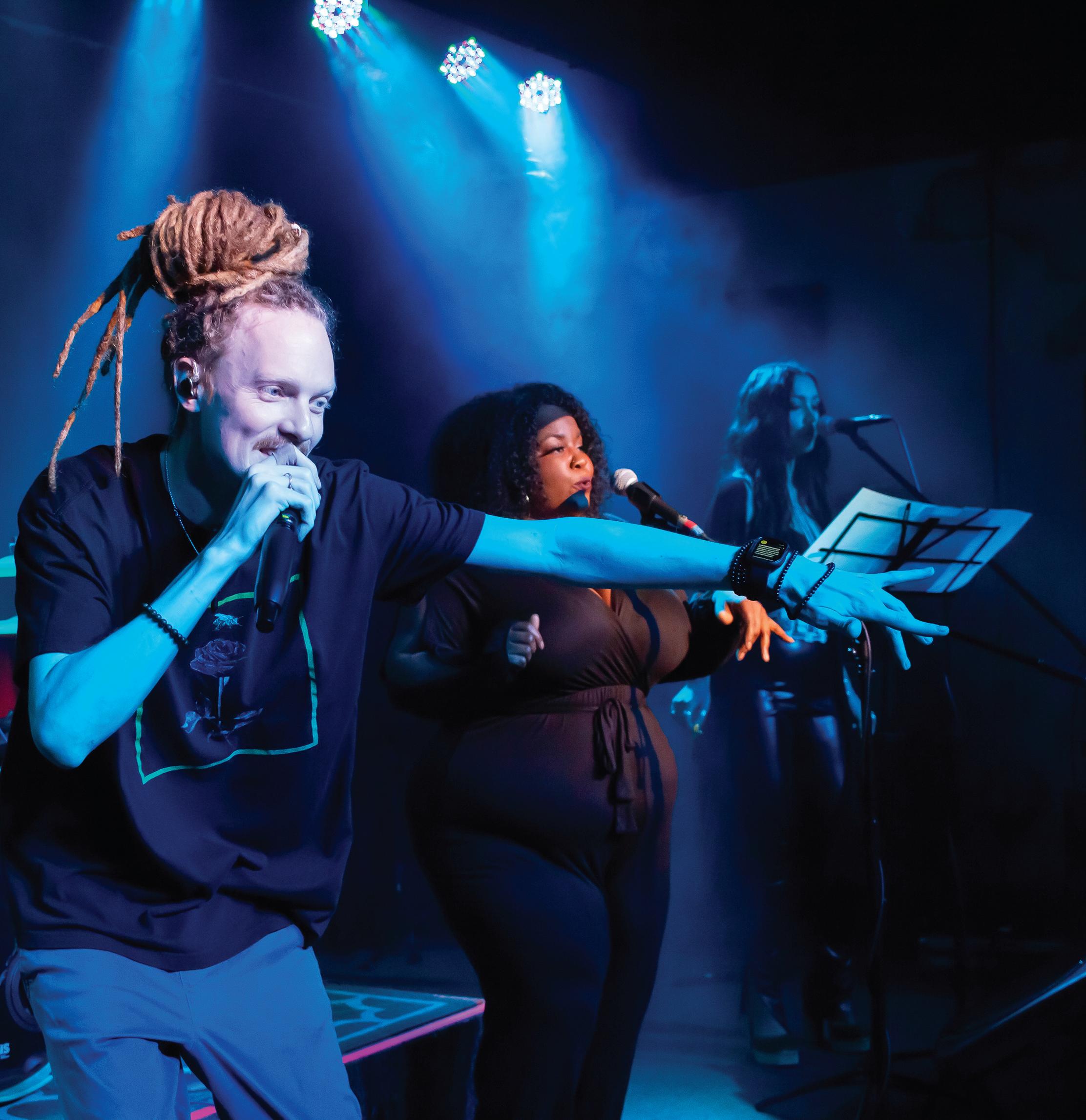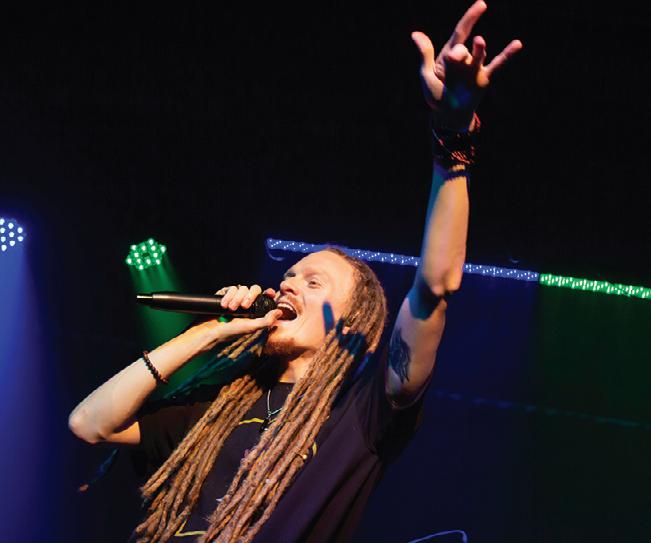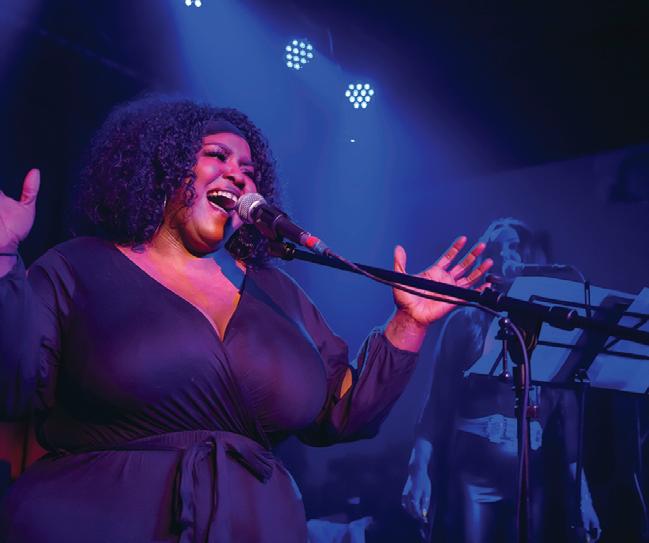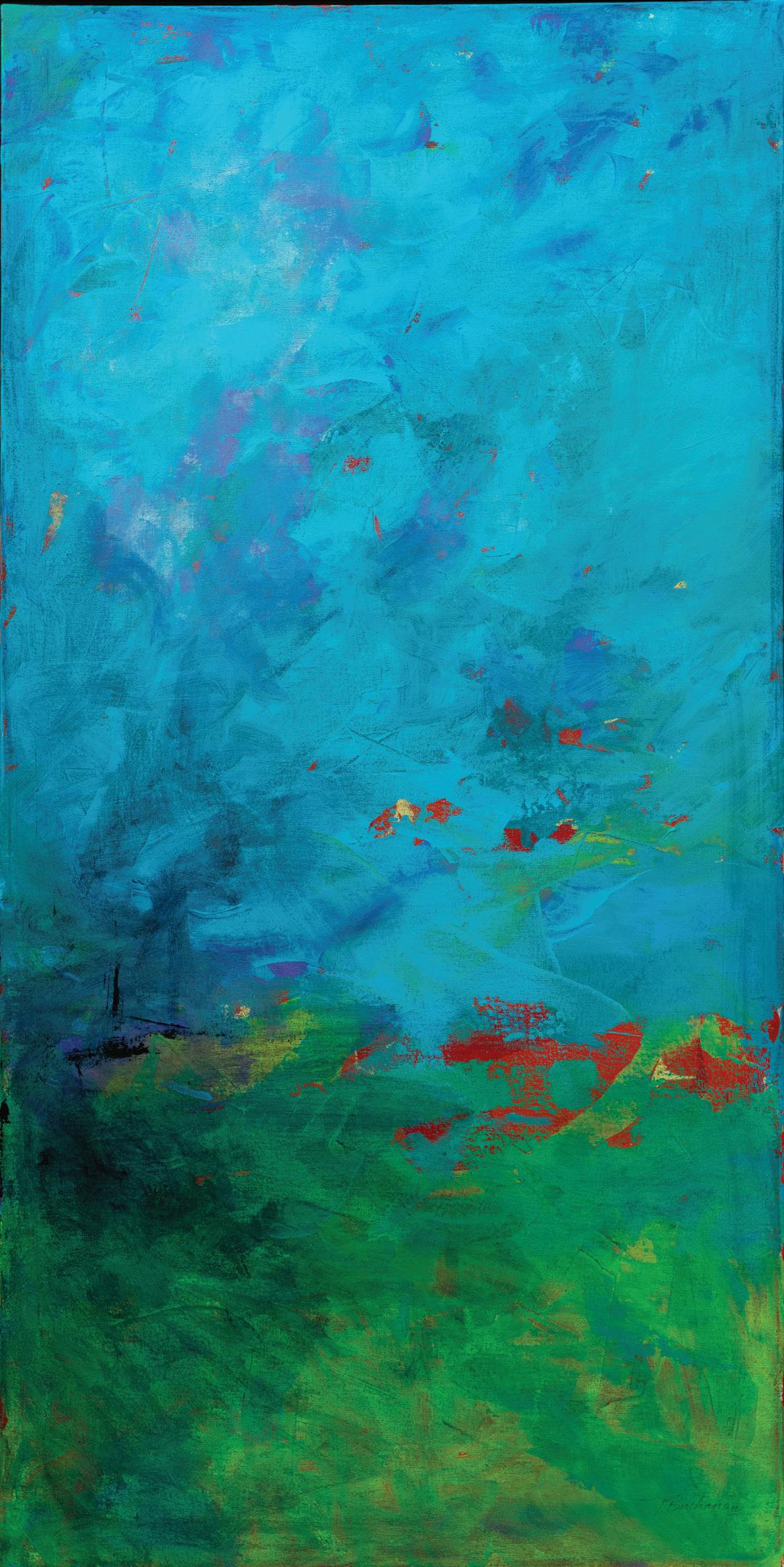
3 minute read
TheBuzz
Callon B is firmly rooted in hip-hop. A Mayfield native, he has been practicing the art of rap since he was a child. By the time he was in high school, he was putting out mixtapes.
“I remember hearing rap music on the radio, and it sparked my interest,” says Callon. “So I started getting the albums and listening — artists like Eminem, Fifty Cent, Ludacris, Nelly. I then started writing music in sixth grade. And it all came down to practice. That’s what it takes to become good at anything — lots of repetition and practice. Every day I was performing in front of the mirror and writing. And the writing is at the core. I want every line to mean something and be a reaction-worthy line. It’s honing the gift of poetry. It became my life. I also went to school to learn about the other aspects of music and got my Master’s to focus on the music business. That tied in other artists I loved like Dr. Dre who not only created music but created a successful business.”
Callon’s persistence in pursuing the art of hip-hop garnered him invitations to play shows around the region. That’s how he met RedVelvet the Goddess, a soul singer who was often playing the same circuits. For a show in Murray in 2017, Callon asked RedVelvet to open. After that, if you were going to see Callon B, it was a fair bet that RedVelvet would also be behind the mic.
RedVelvet the Goddess, a Paducah native, grew up fascinated by the star power of musicians such as Michael Jackson. She began to write songs and perform. Before long, she was entering competitions and quickly amassed twelve wins. She played in various soul bands around town and also made a name for herself as a solo artist.
“My whole family loves music, and we have a musical background,” she says. “My uncle, Richie Davis, had a group called Funkbox Entertainment, so I grew up watching him run studios and record music. They were always trying to get me to sing, but I was shy. My older uncle was obsessed with Michael Jackson. That fascinated me and opened me up. I wanted to know what it was about him that made millions of people just love him. And like Callon, I’ve been writing my whole life, and it’s at the core of what I do. I have journals that go way back to when I was a kid when I was already writing songs.”
Callon B and RedVelvet met other musicians who, while they didn’t perform the same genres of music, had a passion for the creative process. Enter Ian Moore. Ian played in a group called the Love Jones Experience with RedVelvet. “I had no idea what I was coming into,” laughs Ian. “I was about 18.”
“He was so young but so talented,” says RedVelvet. “He was so incredible on the keys.” “A little musical genius,” adds Callon.
Ian is a classically trained pianist from the Memphis area. Early on, he learned the lessons of caring about the craft of music. In college, he broke with classical music and got into jazz and progressive rock. He studied music

Callon B And The Hive
as movements of feeling and how groups work together to create motions that affect listeners. “I was learning to improv and play with other people and do that in a group,” says Ian. “It became a chase for me.”


Ian remained open about who he worked with and what other genres of music had to offer. “When I met Callon, I felt like he was going to be important,” says Ian. “Every word he writes has to be accentuated with the music. There’s an idea he is going for and an underlying inspiration. It is all about figuring out how we, the rest of the group, can interact with that. He’s a great lyricist. And he offers a million different ways to work with his ideas.”
“Ian became my translator,” laughs Callon. “I feel like I come with scraps and bones and tell Ian ‘dress me up.’”
“It was an opening of my own heart and mind,” says Ian. “There are layers to hip hop, and it is linked to jazz. They are from the same backgrounds and cultures. They just went in different directions.”
Callon, RedVelvet, and Ian discovered a unity of purpose, even if they weren’t necessarily performing the same genres of music. And they recognized that the variety of music styles each brought to the table had the same origins. Together, they could accentuate their roots in one body of work and create a fusion generations in the making.













